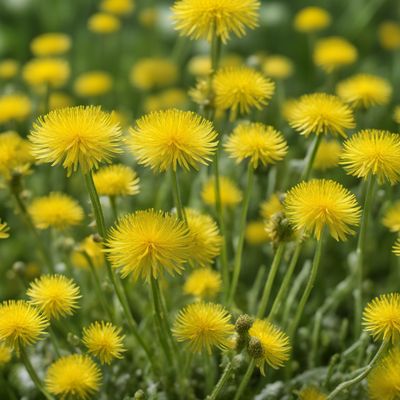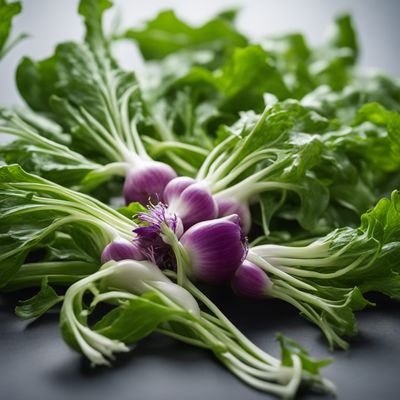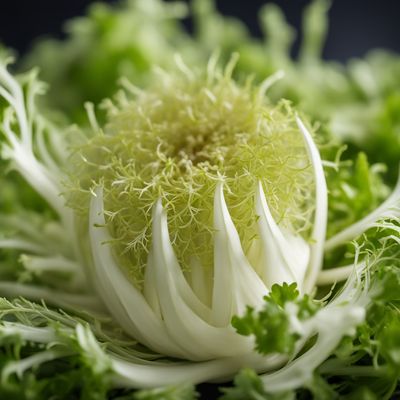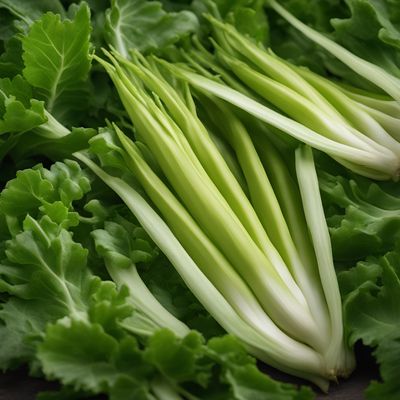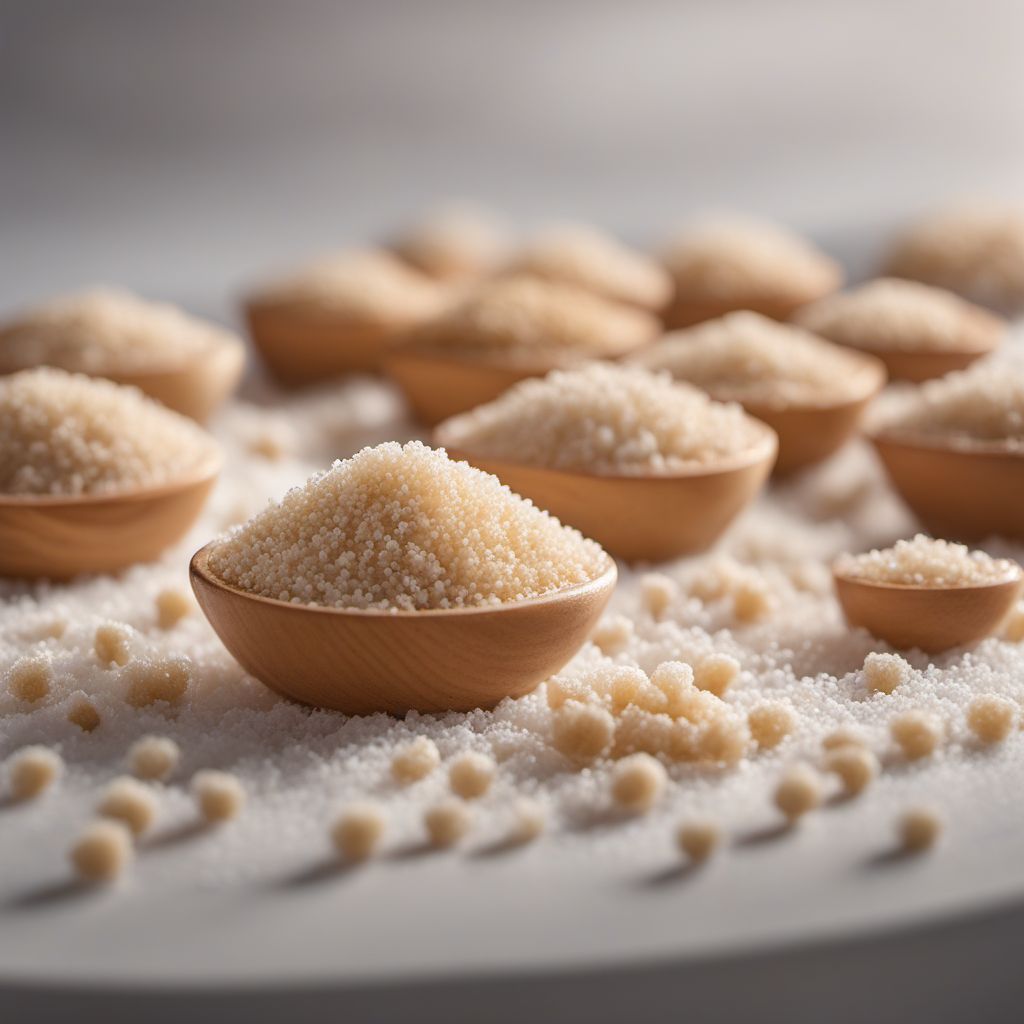
Ingredient
Sugar loaf chicories
Bitter Elegance: Unveiling the Beauty of Sugar Loaf Chicories
Sugar loaf chicories, with their elongated heads and crisp leaves, offer a delightful balance of bitterness and sweetness. These elegant greens are a versatile addition to salads, stir-fries, and even grilled dishes, adding a touch of sophistication to your culinary creations.
Origins and history
Sugar loaf chicories, also known as puntarelle or cicoria di catalogna, are characterized by their elongated, tightly packed heads and slender, crisp leaves. They possess a pleasantly bitter taste with subtle hints of sweetness, making them a popular choice for salads and other dishes that benefit from their unique flavor profile.
Nutritional information
Bitter, slightly sweet, and refreshing.
Allergens
Sugar loaf chicories are low in calories and rich in vitamins A, C, and K. They also provide dietary fiber and various minerals, including calcium and potassium.
How to produce
When selecting sugar loaf chicories, look for heads that are firm, with crisp leaves that show no signs of wilting or discoloration. Avoid chicories with yellowed or slimy leaves, as these indicate age or spoilage. Opt for smaller heads, as they tend to be more tender and less bitter.
Preparation tips
To keep sugar loaf chicories fresh, store them in the refrigerator. Wrap the heads loosely in a damp paper towel or place them in a perforated plastic bag to maintain their crispness. Use them within a few days for the best flavor and texture.
Substitutions
Sugar loaf chicories can be enjoyed raw in salads, where their bitterness is balanced by sweet dressings or citrus-based vinaigrettes. They can also be grilled or sautéed to mellow their bitterness and bring out their natural sweetness. In Italian cuisine, sugar loaf chicories are often used in pasta dishes, risottos, or served as a side dish with anchovies and lemon.
Availability
Sugar loaf chicories are commonly available in Italy, particularly in the Lazio region where they are cultivated. They can also be found in specialty stores or farmers' markets in other parts of Europe and North America.

